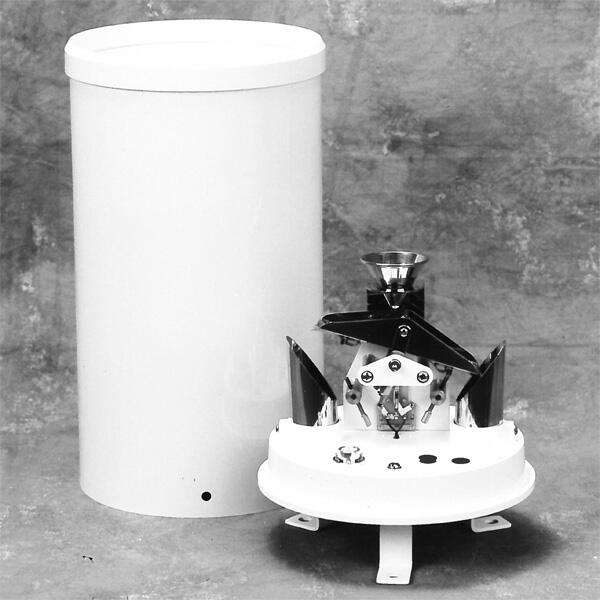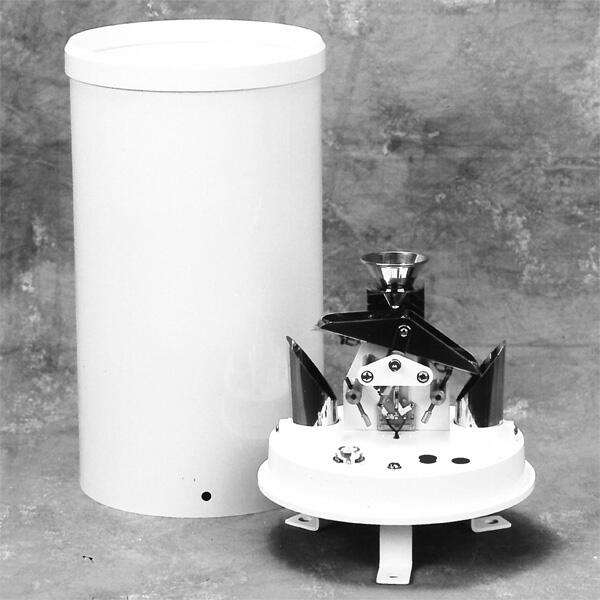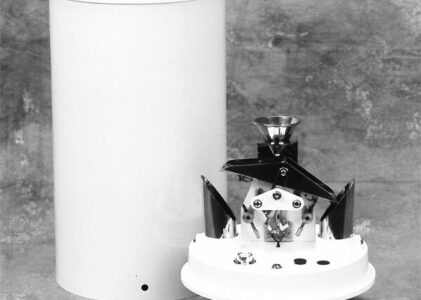
# Rain Gauge Uses in Weather Monitoring and Water Resource Management
Rain gauges are essential tools in meteorology and hydrology, providing critical data for weather monitoring and water resource management. These instruments measure the amount of precipitation over a specific period, helping scientists, farmers, and policymakers make informed decisions. Below, we explore the various uses of rain gauges in these fields.
## Weather Monitoring
Accurate weather forecasting relies heavily on precipitation data collected by rain gauges. By measuring rainfall, meteorologists can predict weather patterns, issue warnings for severe weather events, and analyze climate trends. Rain gauges are often deployed in networks to provide comprehensive coverage of a region, ensuring that no significant rainfall event goes unrecorded.
### Types of Rain Gauges Used in Weather Monitoring
– Standard Rain Gauge: A simple cylindrical container that collects rainwater, measured manually.
– Tipping Bucket Rain Gauge: Uses a mechanical system to record rainfall intensity by counting the number of times a small bucket tips.
– Weighing Rain Gauge: Measures the weight of collected precipitation to determine rainfall amounts.
## Water Resource Management
Rain gauges play a vital role in managing water resources, especially in regions prone to droughts or floods. By tracking precipitation levels, water resource managers can allocate water supplies more efficiently, plan irrigation schedules, and monitor reservoir levels. This data is also crucial for designing flood control systems and ensuring sustainable water usage.
### Applications in Agriculture
Farmers rely on rain gauge data to optimize irrigation and crop management. Knowing the exact amount of rainfall helps them determine when to water crops, reducing water waste and improving yields. Additionally, long-term rainfall data assists in selecting crops suited to the local climate.
### Urban Planning and Infrastructure
Cities use rain gauge data to design drainage systems and prevent urban flooding. Accurate precipitation measurements help engineers create infrastructure that can handle extreme weather events, ensuring public safety and minimizing property damage.
## Conclusion
Rain gauges are indispensable tools for both weather monitoring and water resource management. Their ability to provide precise precipitation data supports a wide range of applications, from agriculture to urban planning. As climate change continues to impact weather patterns, the importance of rain gauges in understanding and managing these changes will only grow.
Keyword: rain gauge uses

